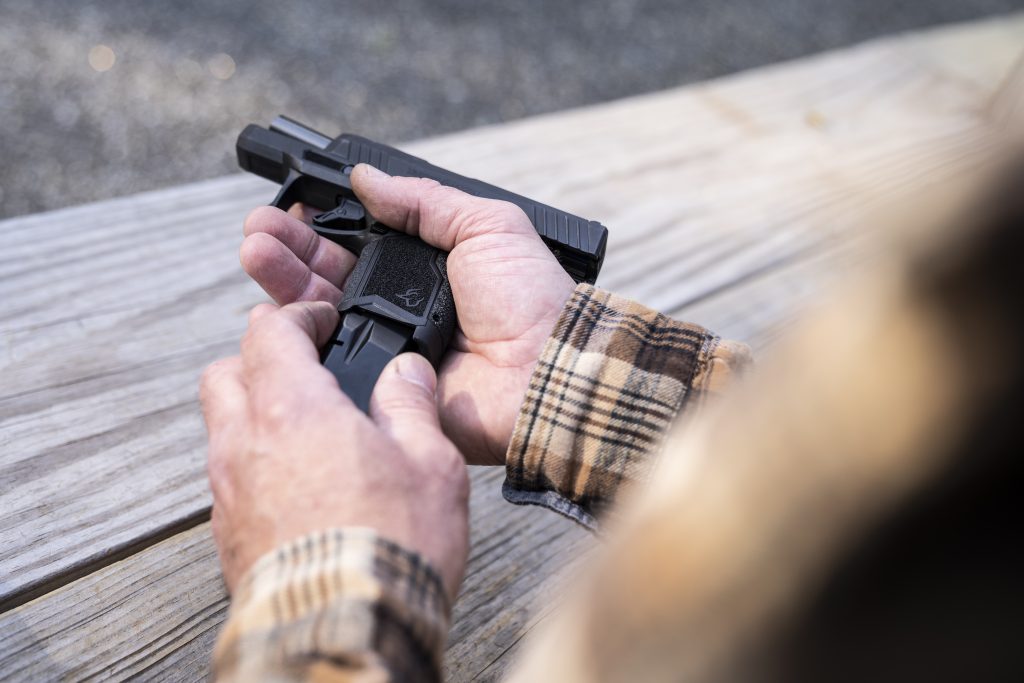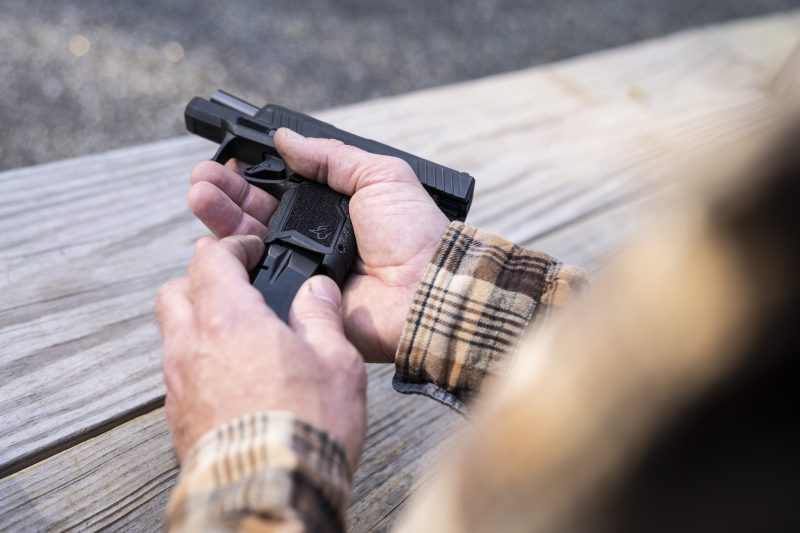
Have you practiced changing mags and reloading your gun? It is committed to muscle memory?
![]()
![]()
Despite what Hollywood tells us, sometimes guns run out of bullets. Yep, it’s true. Sorry to break it to you, but Hollywood lied to us…again. Go figure. Perhaps you’ve come across an infinite-fire gun some time in your life, but I’ve never seen one, and I’ve been around guns a long time. Instead, we need to refill the gun every time it runs dry, which happens frequently or infrequently depending on capacity and how many things we shoot. Anyone who served in a war zone will tell you how grateful they were to have lots and lots of spare magazines in a gunfight.
While having lots of extra ammo at your disposal can be comforting, none of it matters if you don’t know how to reload your gun in a hurry and under pressure. It’s a skill that requires training and a ton of practice.
There are two types of reloads: dry and tactical. In both, you insert a new magazine full of ammo, but they are used for two different purposes and require unique sets of skills.
It is important to note that when possible all reloads should be performed behind cover or concealment, not out in the open where you are a sitting duck.
Before the Reload
Step one of any reload starts before you walk out the door in the morning. First, you have to have a spare mag. Without it, you can’t reload. Seems simple, but too many gun owners don’t carry a spare magazine because they think they’ll never need it. Not true. There is a good chance that if you get into a gunfight you will need your spare magazine, either because you run out of rounds in your primary magazine or because you have a malfunction that requires you to strip the magazine and reinsert it; often the primary magazine gets discarded in the haste to clear the jam, and you don’t have time to scurry around on the floor looking for it in the middle of a gunfight, so the backup magazine must replace it. Either way, always carry at least one spare magazine.
How you carry the spare magazine also determines how fast and easily you can perform a reload. If you index the magazine so the rounds face forward, it is already in a better position to be inserted into the gun without a need to turn it around. The last thing you need in a high-pressure reload is to fumble with the magazine one-handed to face it in the right direction. Face it forward in your mag pouch and the motion becomes automatic.
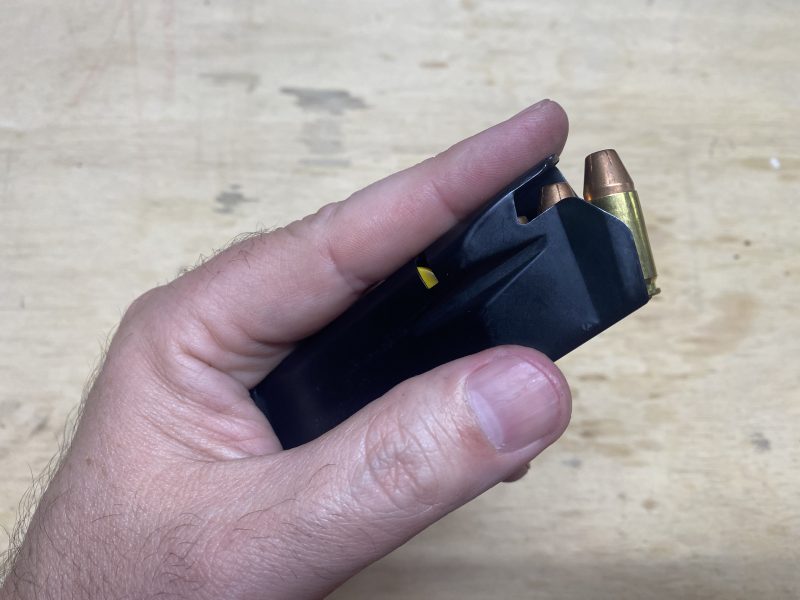
Note: Carry your spare mag in a mag pouch, not in your pocket, where it could get twisted around and be hard to extract. You might die trying. Now that your setup is ready, let’s change magazines.
Dry Reload
We will start with the easier of the two: the dry reload. This is the reload you perform when your gun is empty. You’re out of ammo. Typically, the slide will lock back, revealing the open chamber and telling you the gun needs refilling. However, sometimes it doesn’t lock back because either the slide stop was covered by your thumb or it malfunctioned. Either way, if you pull the trigger you get nothing. It’s time to reload.
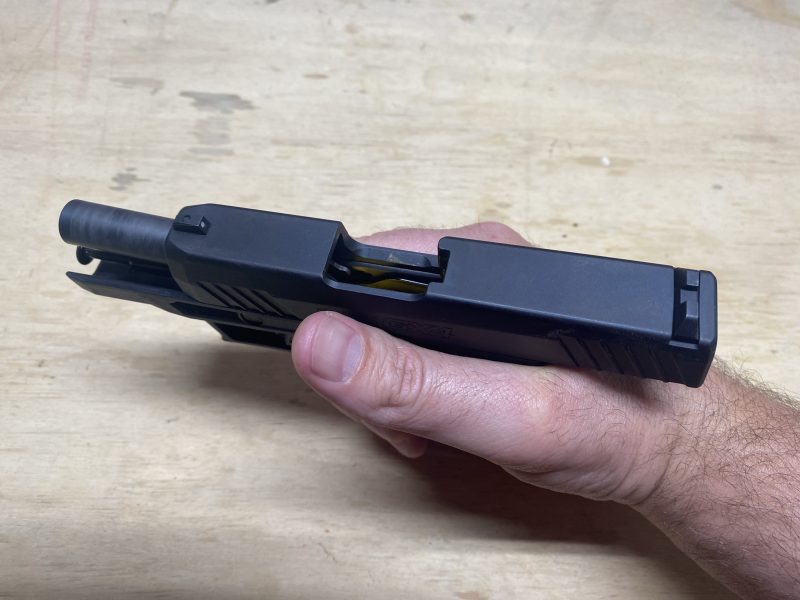
Once you are behind cover or concealment, hold the gun as close to upright as possible so the grip is pointed toward the ground. Let gravity be your friend. With the gun still in your strong hand, thumb the magazine release and let the empty magazine drop free. Don’t worry about catching it or stowing it away. It’s useless to you now. Let it hit the ground. It’s empty. You don’t care where it falls. Let it go.
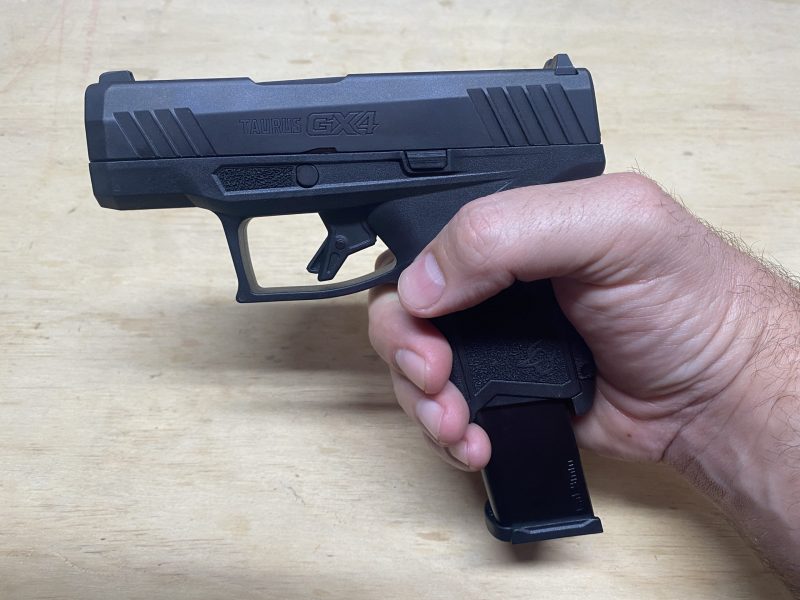
As the empty magazine falls free, grab the backup magazine with your support hand, rotate your wrist so the top round is up, and insert the magazine into the grip with a firm push until it clicks into place. If you indexed the magazine correctly in the mag pouch, this should be one continuous motion with no need to rotate the magazine. It may be a bit more difficult to seat the magazine if the slide is forward, so encourage it by slamming it with the butt of your hand. Don’t worry, you won’t hurt the gun.
The last step is to rack the slide if it’s closed or thumb the slide stop if it’s locked open to chamber a round, an especially important step to remember if you reload on a closed slide. Now you’re back in business.
Tactical Reload
This reload is performed when rounds are still in the gun, typically with one in the chamber and an almost empty primary magazine. You would use this reload either after the incident is over and you want to be prepared with a fresh full magazine or there is a lull in the action and you have a moment to “top off” before the fight picks up again. Either way, this reload is slightly different from the dry reload because you still have rounds in the gun.
Rather than punching the magazine release first, instead, grab your spare magazine between your thumb and forefinger and bring it up to right underneath the gun. Now position your support hand under the grip. This is important because, unlike in the dry reload, you are not going to let the primary magazine drop to the ground. Instead, you need to catch it on the way out.
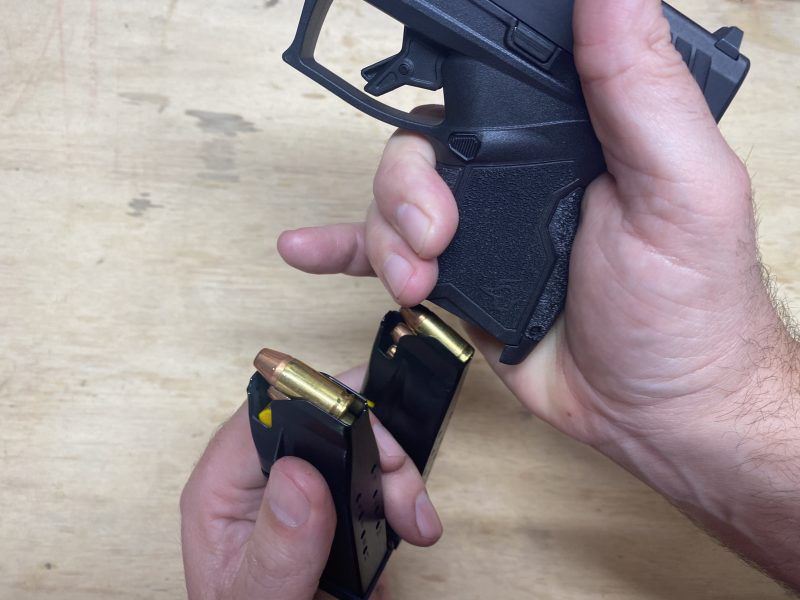
Now you can thumb the magazine release and let the magazine land between your ring finger and pinky. Immediately after, insert the new magazine into the grip, keeping in mind that the slide is closed, so this might take a bit more effort.
Once the magazines have been swapped, stow the partially full magazine either in your mag pouch or a pocket just in case you need it again.
Practicing
Reloads under pressure take manual dexterity and a lot of practice. They don’t come automatically to most shooters. Instead, they must be practiced repeatedly until they become natural. Fortunately, this is one of those skills you can work on without ammunition. Load up your magazines with dummy rounds and work on reloads in your living room or basement. Work on them until you can reload without taking your eyes off your target. Then practice some more.
ABOUT THE AUTHOR:
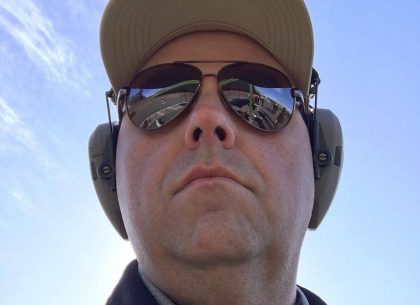
David Workman is an avid gun guy and a contributing writer to several major gun publications. As an NRA-certified instructor, David trains new shooters on basic handgun skills and CCW requirements and is a strong advocate for training as much as you possibly can. “Real-life shootouts don’t happen at a box range.”
![]() You may also enjoy these popular articles:
You may also enjoy these popular articles:
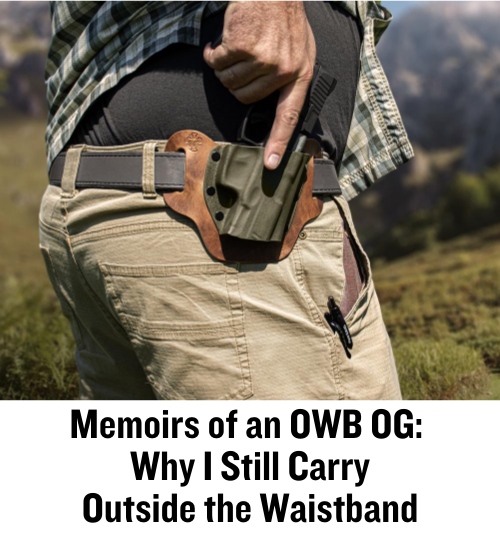
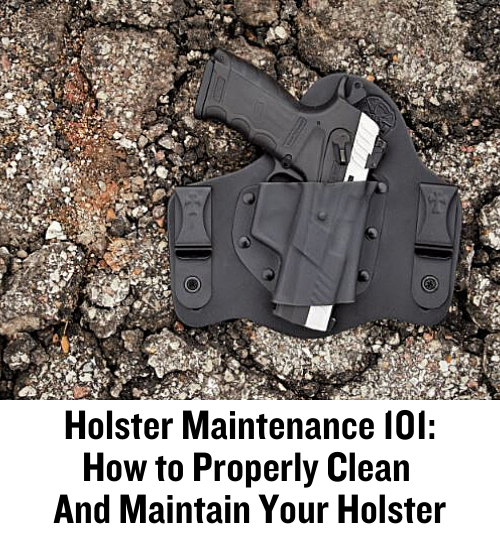
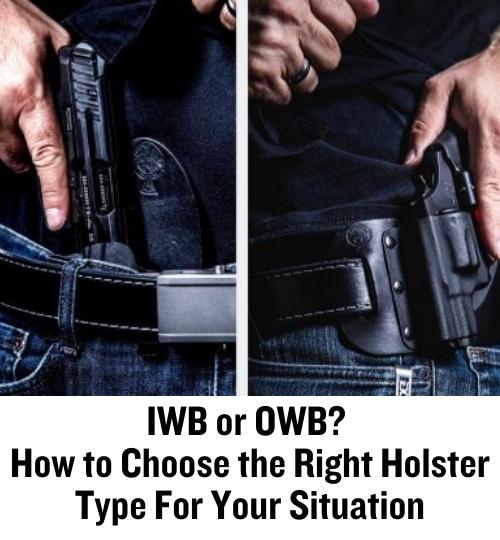
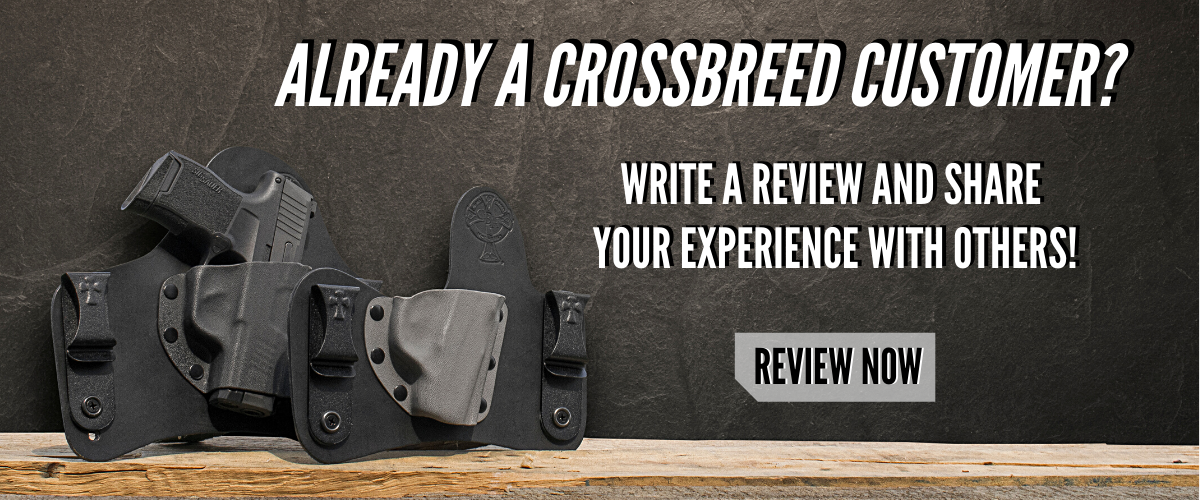
©MTC Holsters, LLC and CrossBreed Holsters Blog, 2021.
Unauthorized use and/or duplication of this material without express and written permission from this site’s author and/or owner is strictly prohibited. Excerpts and links may be used, provided that full and clear credit is given to David Workman and the CrossBreed Blog with appropriate and specific direction to the original content.
![]()

